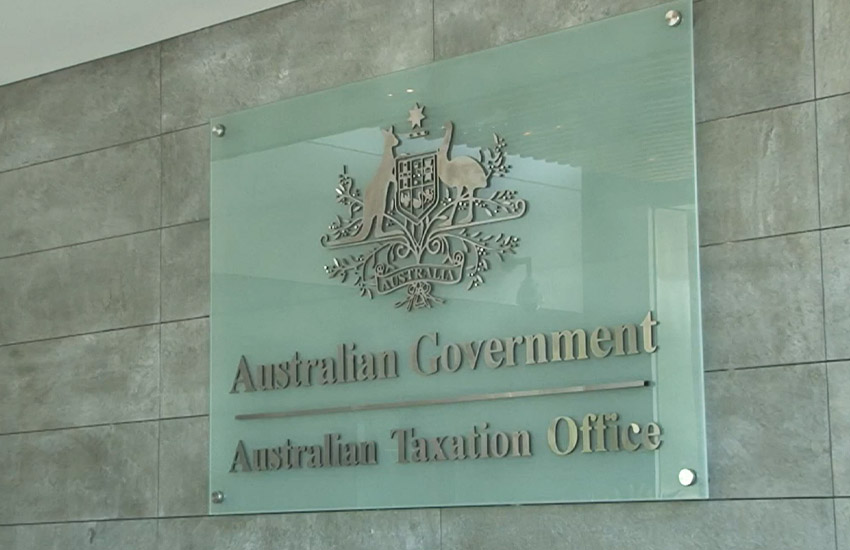The tax gap estimates for all 15 income and transactional-based taxes currently stand at 6.9 per cent or $31.2 billion for the 2017–18 year, an amount that the Tax Office expected to collect if every taxpayer was fully compliant with the law.
Total tax collections for the year were $423 billion, with the bulk of it collected voluntarily.
You’re out of free articles for this month
This marks the first time the Tax Office has released a complete view of its tax gap analysis, after it previously published gaps for individuals, high-net-wealth private groups, small businesses and large corporate groups.
The tax gap for medium-sized businesses with a turnover between $10 million and $250 million is among the gap figures released for the first time ever, with the group posting an $860 million or 6.2 per cent gap.
Small businesses, however, continue to account for the largest gap at $11.1 billion or 11.5 per cent. This population includes sole traders, trusts, partnerships and companies with a turnover of up to $10 million.
Omitted income and overclaimed deductions were the main drivers behind the small-business gap, with 56 per cent of the $11.1 billion gap estimated to be associated with these shadow economy behaviours.
CPA Australia tax policy adviser Elinor Kasapidis said that while shadow economy behaviour contributes significantly to the tax gap, only 4 per cent of small businesses were primarily at fault.
“Nineteen out of 20 businesses are trying to do the right thing with their taxes and that’s a really positive story and a lot of small businesses do seek advice from the profession,” Ms Kasapidis said.
“While the ATO is justified to focus on the shadow economy, it is a very small number of businesses that are doing this.
“Some of the things that are coming in like Single Touch Payroll, taxable payments reporting system — you’d expect the tax gap to continue to decline over the coming years.”
On the individuals not in business front, work-related expenses continue to fuel a 5.6 per cent gap of $8.3 billion.
The ATO’s sample cases found that 79 per cent of adjustments to tax returns were related to work-related deductions, with home office, clothing and car claims the most frequently adjusted.
The most common reasons for adjustments were unsubstantiated claims and mistakes and guesswork when apportioning work-related expenses.
Large corporates with a turnover of over $250 million had a gap of 3.7 per cent or $2 billion, with the gap gradually shrinking from a high of 6.4 per cent in 2012–13.
The tax gap for fringe benefits tax has also been revealed for the first time, with a 21.2 per cent gap of $1.04 billion for the 2017–18 year.
The ATO believes the primary driver of the gap is down to employers not participating in the FBT system where they are providing benefits to employees.
ATO engagement has found that employers experience significant issues around understanding FBT law, and the relevant rules around calculating, reporting and paying FBT, as well as claiming concessions and exemptions, with some employers reluctant to engage a tax agent due to the additional costs.
Jotham Lian
AUTHOR
Jotham Lian is the editor of Accountants Daily, the leading source of breaking news, analysis and insight for Australian accounting professionals.
Before joining the team in 2017, Jotham wrote for a range of national mastheads including the Sydney Morning Herald, and Channel NewsAsia.
You can email Jotham at: This email address is being protected from spambots. You need JavaScript enabled to view it.

 Login
Login







